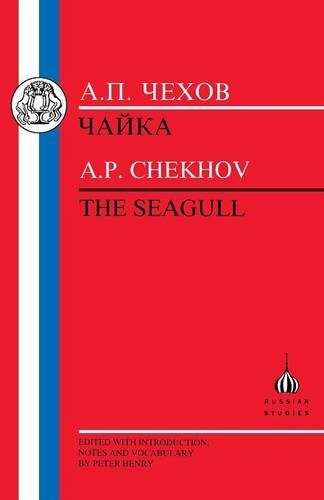
The Chekhov: The Seagull
(Paperback, New edition)
Publishing Details
The Chekhov: The Seagull
By (Author) Anton Chekhov
Volume editor Peter Henry
Bloomsbury Publishing PLC
Bristol Classical Press
1st January 1998
New edition
United Kingdom
Classifications
Tertiary Education
Non Fiction
Literary studies: c 1800 to c 1900
891.723
Physical Properties
Paperback
176
Width 138mm, Height 216mm, Spine 10mm
204g
Description
Chayka (1896) is the first of Anton Chekhov's four celebrated plays. While its first performance was a fiasco, the play was revived in 1898 and staged by the newly founded Moscow Art Theatre, who 'adopted' Chekhov and built their own success on masterly performances of his plays, beginning with The Seagull. Produced by Nemirovich-Danchenko, with Konstantin Stanislavsky as Trigorin and Meyerhold as Treplev, it was a triumph for both the Theatre and the playwright. In this play Chekhov first demonstrated his innovatory technique of indirect action and new dramatic structure and his skill in creating atmosphere on the stage and portraying subtle shifts in human relationships. Treplev's modernist-symbolist play-within-the-play is only one of The Seagull's links with Shakespeare's Hamlet. Chekhov's 'comedy' is firmly established as one of the great classics of twentieth-century European drama.
Author Bio
Anton Chekhov (1860-1904), Russian physician, dramatist and author, is considered to be one of the greatest writers of short stories and modern drama. Born in Taganrog, a port town near the Black Sea, he attended medical school at Moscow University. He began writing to supplement his income, writing short humorous sketches of contemporary Russian life. A successful literary careered followed, before his premature death of TB at the age of 44. He is best-remembered for his four dramatic masterpieces: The Seagull (1896), Uncle Vanya (1899), Three Sisters (1901) and The Cherry Orchard (1904). Peter Henry is Emeritus Professor of Slavonic Languages and Literatures, University of Glasgow, UK.
